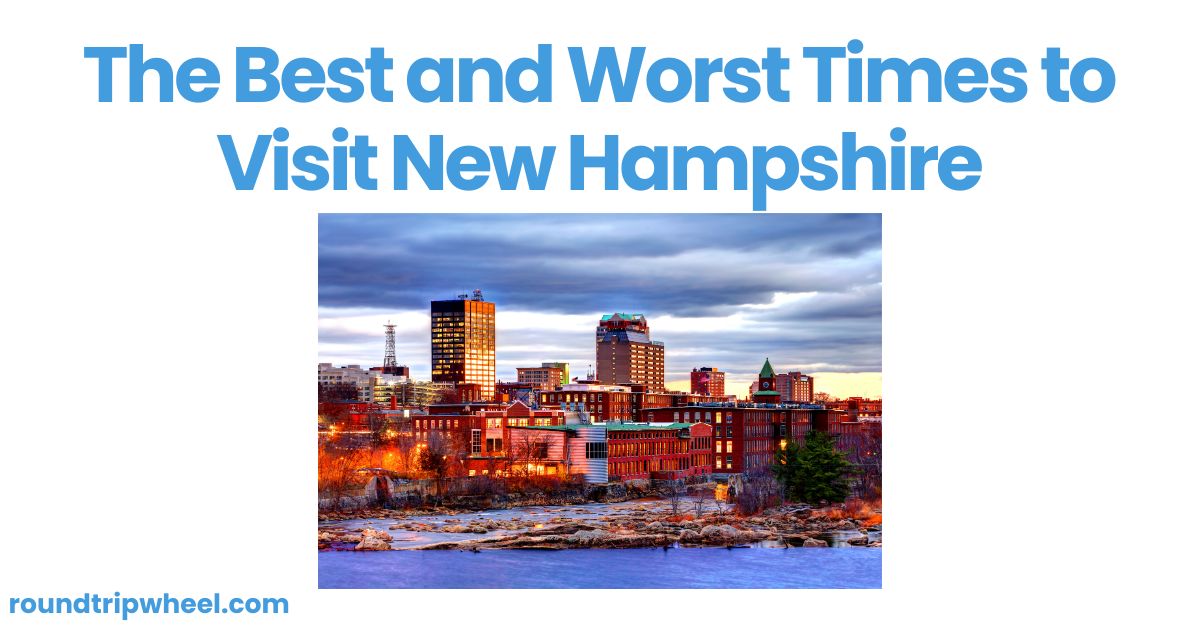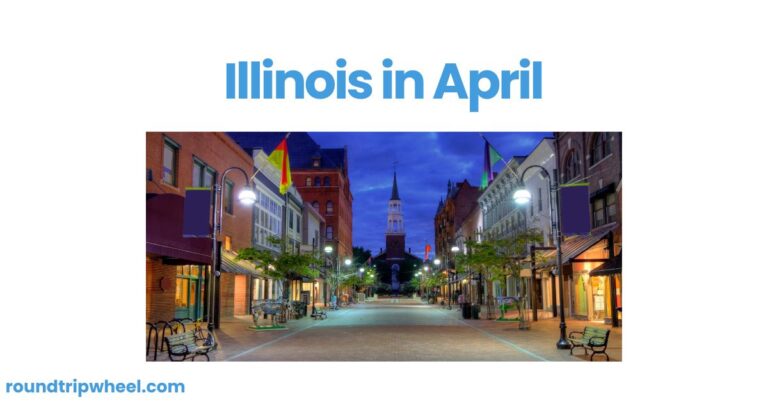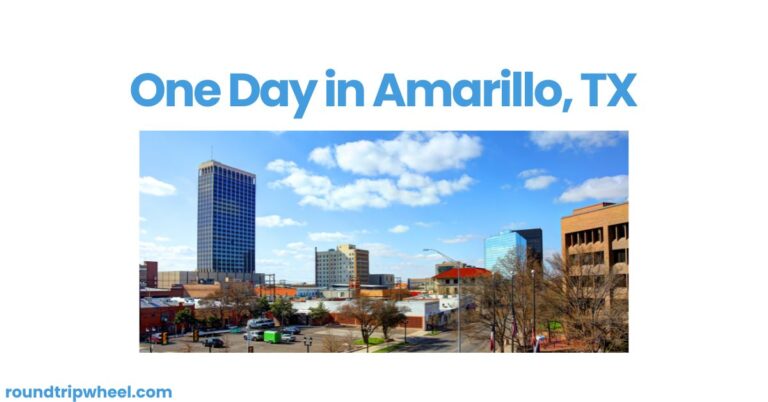The Best and Worst Times to Visit New Hampshire

New Hampshire is a state that truly experiences the beauty of all four seasons. From the lush greenery of spring, to the sunny summers, vibrant fall foliage, and crisp white winters – each season offers its own unique charms and attractions in the Granite State. However, some times of year are better suited for a New Hampshire getaway than others depending on your interests and what you want to experience during your visit.
The Best Times to Visit New Hampshire
Fall (Late September – October)
For many, fall is inarguably the best time to visit New Hampshire. As the temperatures cool and the leaves begin to change color, the state comes alive with a kaleidoscope of brilliant reds, oranges and yellows that is simply breathtaking. This is the season for leaf-peeping and it draws visitors from around the world hoping to witness the fantastic fall foliage displays.
The White Mountains are a top destination for viewing peak fall colors, with scenic drives like the Kancamagus Highway offering stunning panoramic vistas. But the entire state puts on an incredible show, from the Lakes Region to the Monadnock Region and everywhere in between. Other popular fall activities include apple and pumpkin picking, outdoor festivals, hiking, and winery tours.
Early Summer (Late May – Early June)
After the last bits of snow have melted away, early summer can be an ideal time to visit New Hampshire, especially for those looking to avoid the crowds and peak temperatures. The lush greenery is making a comeback and wildflowers are blooming across the state’s parks and forests. It’s a great time for hiking, camping, fishing, and getting outdoors before tourism fully kicks into high gear.
Water temperatures may still be a bit brisk, but beaches, lakes and rivers become fair game again for swimming, kayaking, canoeing and other water recreation as the days grow longer and warmer. It’s a sweet spot between the mugginess of peak summer and the chill of early spring.
Winter (December – March)
Is there anything more quintessentially New England than a snowy winter landscape? For those who embrace winter’s frosty charm, New Hampshire is a wonderland of outdoor adventures with world-class skiing, snowboarding, snowmobiling, snowshoeing, ice skating, and more.
Major ski resorts like Loon Mountain, Bretton Woods, Attitash, Waterville Valley and Wildcat draw winter sports enthusiasts from across the northeast and beyond. But you’ll also find excellent cross-country skiing, snowshoeing, and snowmobile trails winding through the state’s parks and wilderness areas.
If you visit over the holidays, festive decorations and atmosphere make for a magical winter wonderland. Or embrace the cold after the new year with events like the Hampton Beach Penguin Plunge to kickstart your winter fun.
The Worst Times to Visit New Hampshire
Late Spring (April – May)
While the vibrant green landscapes and blooming flowers are beautiful during late spring, this period is affectionately known as “mud season” in New Hampshire for good reason. As the heavy winter snows begin to melt, the state can transform into a muddy, damp mess with poor trail conditions.
Many attractions and seasonal businesses also remain closed as they prepare for the busy summer crowds. If you don’t mind cooler temps, muddy shoes, and more limited activities, you can find some bargains on hotels and beat the peak-season tourists. But for most visitors, holding off until late May or early June is ideal.
Peak Summer (July – August)
While plenty of visitors flock to New Hampshire for the warm summer months, this can also be a less than ideal time to visit depending on your interests. The combination of heat and humidity can make being outdoors uncomfortable for some, especially during July and August.
Crowds, prices, and traffic also peak during these months as tourists descend on the state’s beaches, lakes, hiking trails and other attractions. If you don’t mind the masses and soupy air, summer can be great for water sports, amusement parks, outdoor concerts and more. Otherwise, consider an early summer or early fall visit instead.
Bug season is another drawback, with mosquitos, black flies and other pests out in full force.
Late Fall (November)
Once the spectacular fall foliage has peaked, much of the autumn magic in New Hampshire has faded by late November as bare trees and brown landscapes set in. It’s not quite winter yet, but can feel bleak if there is no snow cover. Many seasonal businesses also begin closing up shop after Thanksgiving in preparation for the winter months.
However, if you don’t mind the possibility of slushy conditions and limited activity options, you may be able to find great deals on hotels and other amenities during this shoulder season lull before ski areas fully reopen.
No matter when you plan to visit New Hampshire, it’s always a good idea to pack layers and be prepared for quickly-changing weather conditions in this northern New England state. By timing your trip for the season that aligns best with your interests, you’re sure to experience the best that the Granite State has to offer during your stay. What are you waiting for? Start planning your New Hampshire getaway today!

About Author
Hey there, fellow explorers! I’m Mark Rodriguez, a big fan of adventures and always hungry for more. Packed with stories and a trusty camera, I’m on a mission to explore cool places around the world.
I love diving into new cultures and landscapes. As a travel writer, my goal is to get you excited about stepping out of your comfort zone, trying new things, and discovering the awesome magic our world has.
Check out my blog for cool stories, travel ideas, and helpful tips to plan your own amazing getaway!



